
1. Changos
Los Changos fueron un pueblo de pescadores, cazadores y recolectores que habitaban las costas del norte de Chile, desde Arica a río Choapa. Dependían en gran medida del mar para su subsistencia y navegaban en balsas rústicas pero eficientes hechas con cuero de lobo marino. Su estilo de vida estaba estrechamente ligado a la pesca y a la recolección de mariscos, aprovechando los recursos que ofrecían las aguas del Pacífico.
The Changos were a people of fishermen, hunters, and gatherers who inhabited the coasts of northern Chile, from Arica to the Choapa River. They depended largely on the sea for their subsistence and navigated in rustic but efficient rafts made with sea lion leather. Their way of life was closely linked to fishing and shellfish gathering, taking advantage of the resources offered by the Pacific waters.

2. Aymara
Los Aymara son conocidos por ser agricultores, pastores y artesanos textiles que viven entre los valles y mesetas del altiplano andino en la zona de Trapacá. Herederos de las técnicas de cultivo de los Incas, han desarrollado sistemas agrícolas adaptados a las condiciones de altura, incluyendo terrazas y acueductos. Su cosmovisión está profundamente arraigada en la relación con la Pachamama o madre tierra, a la que confían y veneran.
The Aymara are known to be farmers, shepherds, and textile artisans living between the valleys and plateaus of the Andean highlands in the Trapacá area. Heirs of the Inca's cultivation techniques, they have developed agricultural systems adapted to high-altitude conditions, including terraces and aqueducts. Their worldview is deeply rooted in the relationship with Pachamama or Mother Earth, whom they trust and venerate.

3. Rapanui · Pascuense
Los Rapanui, también conocidos como Pascuenses, llegaron a la Isla de Pascua desde otras islas de la Polinesia. Son famosos por haber construido grandes estatuas llamadas moais y por sus petroglifos. La Isla de Pascua, donde habitan, ha sido declarada Patrimonio de la Humanidad por la UNESCO en 1995 debido a su relevancia cultural y arqueológica.
The Rapanui, also known as Pascuenses, arrived on Easter Island from other Polynesian islands. They are famous for having built large statues called moais and for their petroglyphs. Easter Island, where they live, has been declared a World Heritage Site by UNESCO in 1995 due to its cultural and archaeological significance.

4. Atacameños · Licanantay
Los Atacameños Licanantay habitan los oasis y valles andinos en la cuenca del río Loa. Se destacan por su artesanía en metalurgia, alfarería y textiles, así como por sus sistemas de cultivo en terrazas, que les permiten aprovechar los recursos en un entorno árido y montañoso.
The Atacameños Licanantay inhabit the oases and Andean valleys in the Loa River basin. They stand out for their craftsmanship in metallurgy, pottery, and textiles, as well as for their terrace farming systems, which allow them to take advantage of resources in an arid and mountainous environment.

5. Diaguitas
Los Diaguitas fueron un pueblo que habitó los valles entre los ríos Copiapó y Limarí. Eran agricultores, alfareros, tejedores y pastores. Utilizaban y trabajaban una variedad de metales y piedras preciosas en la elaboración de sus joyas tradicionales, lo que refleja su habilidad técnica y su conexión con el entorno.
The Diaguitas were a people who inhabited the valleys between the Copiapó and Limarí rivers. They were farmers, potters, weavers, and shepherds. They used and worked a variety of metals and gemstones in the making of their traditional jewelry, reflecting their technical skill and connection with the environment.
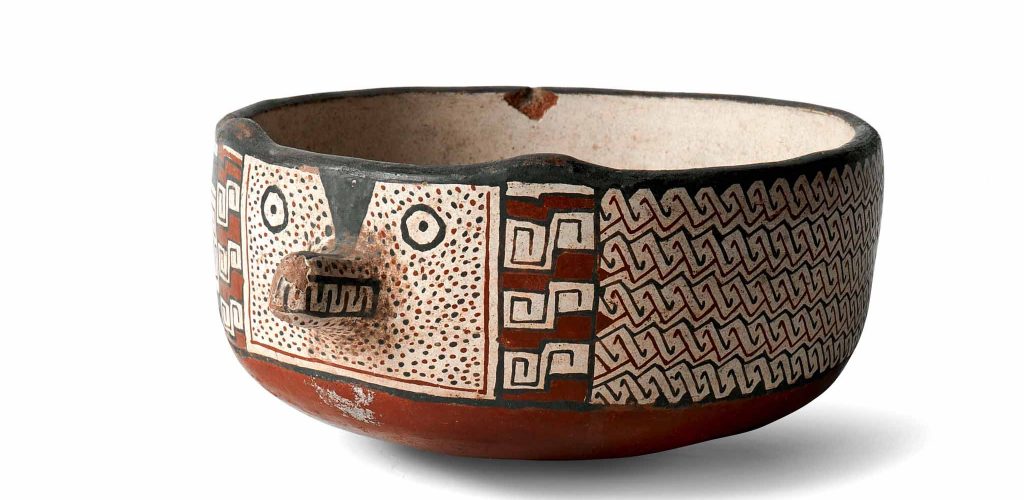
6. Picunche
Los Picunche, habitaban en el Valle del río Aconcagua (y río Itata), así como en los Valles del río Mapocho y del río Maipo, a orillas del río Cachapoal y junto a los ríos Tinguiririca, Mataquitos y Maule, eran agricultores que cultivaban una variedad de alimentos como papa, calabaza, maíz, poroto y ají. Además de la agricultura, también criaban llamas y guanacos. Su habilidad para cultivar la tierra y criar animales les permitió establecerse en la zona central de Chile y desarrollar una sociedad con una economía basada en la agricultura y la ganadería. Además, fabricaban su propia cerámica, lo que evidenciaba su capacidad para producir bienes necesarios para su subsistencia y desarrollo cultural.
The Picunche, who inhabited the Aconcagua River Valley (and Itata River), as well as the Mapocho River and Maipo River Valleys, along the banks of the Cachapoal River and next to the Tinguiririca, Mataquitos, and Maule rivers, were farmers who cultivated a variety of crops such as potatoes, squash, corn, beans, and chili peppers. In addition to agriculture, they also raised llamas and guanacos. Their ability to cultivate the land and raise animals allowed them to settle in central Chile and develop a society with an economy based on agriculture and livestock farming. Moreover, they manufactured their own pottery, demonstrating their capacity to produce goods necessary for their subsistence and cultural development.

7. Mapuche
Los Mapuche, cuyo nombre significa "Gente de la tierra", eran recolectores, agricultores y cazadores que habitaban principalmente en el sur de Chile. Su sociedad era organizada en torno a clanes familiares y se caracterizaba por su fuerte conexión con la naturaleza y su habilidad para adaptarse al entorno forestal. Los Mapuche representan uno de los pueblos originarios más importantes de Chile en términos de población, influencia social y preservación de su identidad cultural.
The Mapuche, whose name means "People of the land," were gatherers, farmers, and hunters who inhabited mainly southern Chile. Their society was organized around family clans and was characterized by their strong connection with nature and their ability to adapt to the forest environment. The Mapuche represent one of the most important indigenous peoples of Chile in terms of population, social influence, and preservation of their cultural identity.

8. Huilliche
Los Huilliche, conocidos como "Gente del Sur", eran agricultores que se destacaban por la variedad de cultivos que producían, incluyendo maíz, poroto y papa. Además de la agricultura, también practicaban la pesca y la extracción de recursos marinos en la costa. Su presencia se extendía desde el río Toltén hasta el Seno de Reloncaví, poblando la depresión intermedia del sur de Chile.
The Huilliche, known as "People of the South," were farmers who stood out for the variety of crops they produced, including corn, beans, and potatoes. In addition to agriculture, they also practiced fishing and the extraction of marine resources on the coast. Their presence extended from the Toltén River to the Reloncaví Sound, populating the intermediate depression of southern Chile.

9. Pehuenche
Los Pehuenche, cuyo nombre significa "Hombres del Pehuén", se especializaban en la recolección de piñones más que en la agricultura. Eran hábiles cazadores que utilizaban boleadoras hechas de tripas y cuero de animal para capturar guanacos, venados y ñandúes. Su estilo de vida estaba estrechamente ligado a los bosques de araucarias y a la recolección de piñones como fuente principal de alimento.
The Pehuenche, whose name means "Men of the Pehuén," specialized in pine nut collection rather than agriculture. They were skilled hunters who used bolas made of animal guts and leather to capture guanacos, deer, and rheas. Their way of life was closely linked to the araucaria forests and the collection of pine nuts as their main source of food.

10. Puelche
Los Puelche, conocidos como "Gente del Este", eran cazadores-recolectores nómadas que inicialmente se dedicaron a la recolección de alimentos, pero luego se convirtieron en cazadores en busca de guanacos, que constituían la base de su alimentación, vestimenta y vivienda. Utilizaban armas como boleadoras, arcos y flechas para cazar y se desplazaban entre las regiones de Lonquimay y Osorno.
The Puelche, known as "People of the East," were nomadic hunter-gatherers who initially focused on food gathering but later became hunters in search of guanacos, which formed the basis of their diet, clothing, and housing. They used weapons such as bolas, bows, and arrows for hunting and moved between the regions of Lonquimay and Osorno.
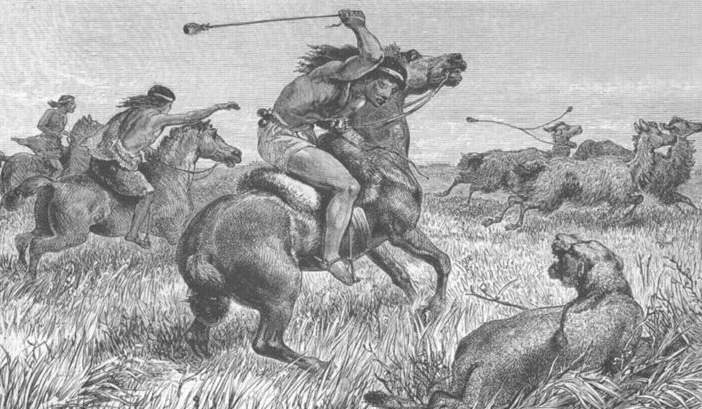
11. Cuncos · Kunkunche
Los Cuncos Kunkunche, también conocidos como "Gente del agua clara", desarrollaron la agricultura especializándose en el cultivo de la papa y el maíz. Además de la agricultura, practicaban la pesca y la caza, utilizando sus dalcas o canoas para recorrer las costas en busca de alimentos, especialmente peces y mariscos.
The Cuncos Kunkunche, also known as "People of the clear water," developed agriculture specializing in the cultivation of potatoes and corn. In addition to agriculture, they practiced fishing and hunting, using their dalcas or canoes to travel along the coasts in search of food, especially fish and shellfish.
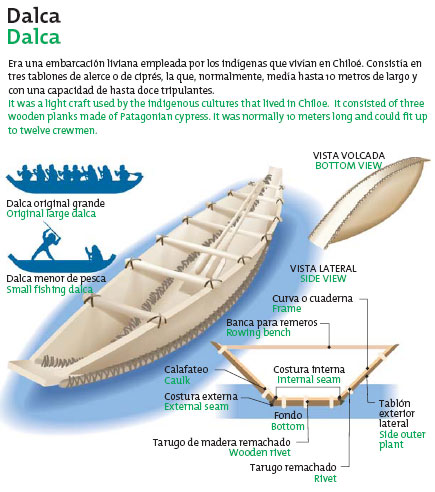
12. Poyas · Tenesch
Los Poyas, también conocidos como Tenesch, habitaban en ambos lados de la cordillera. Eran cazadores y recolectores que utilizaban arcos y flechas, camuflados con plumas de ñandúes y pieles de guanaco para cazar. Dependían de la caza y la recolección de alimentos silvestres para su subsistencia.
The Poyas, also known as Tenesch, inhabited both sides of the mountain range. They were hunters and gatherers who used bows and arrows, camouflaged with ñandú feathers and guanaco skins for hunting. They depended on hunting and gathering wild foods for their subsistence.

13. Aonikenk · Tehuelche
Los Aonikenk, conocidos como "Gente brava del sur", eran cazadores nómadas que se desplazaban entre el río Santa Cruz y el Cabo de Hornos. Se dedicaban a la caza del guanaco y ñandúes, así como a la recolección de raíces y semillas silvestres. Utilizaban armas como boleadoras, ondas, arcos y flechas en su estilo de vida semi-nómada.
The Aonikenk, known as "Brave people of the south," were nomadic hunters who traveled between the Santa Cruz River and Cape Horn. They dedicated themselves to hunting guanacos and rheas, as well as gathering roots and wild seeds. They used weapons such as bolas, slingshots, bows, and arrows in their semi-nomadic lifestyle.

14. Chonos
Los Chonos eran un pueblo nómada dedicado principalmente a la pesca, la caza de lobos marinos y la recolección de mariscos. Habitaban la isla de Chiloé y navegaban por el Canal de Chacao y el Golfo de Penas, enfrentándose a las aguas peligrosas de la región. Su estilo de vida se centraba en la movilidad y la explotación de los recursos marinos.
The Chonos were a nomadic people mainly dedicated to fishing, hunting sea lions, and gathering shellfish. They inhabited Chiloé Island and navigated through the Chacao Channel and the Gulf of Penas, facing the dangerous waters of the region. Their way of life focused on mobility and the exploitation of marine resources.
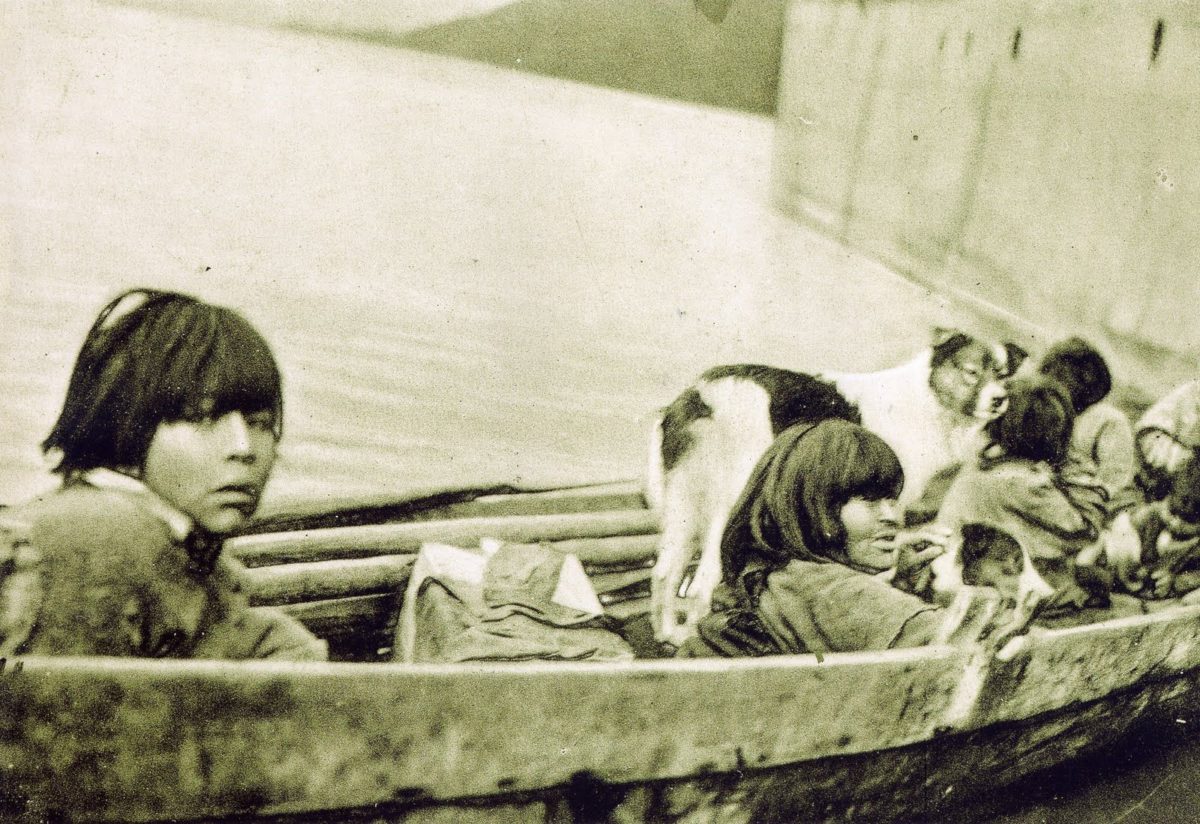
15. Kaweshkar · Alacalufes
Los Kaweshkar, también conocidos como Alacalufes, eran nómadas del mar que construían sus embarcaciones con cortezas de árboles y se dedicaban a la pesca, la recolección de mariscos y la caza de ballenas y lobos marinos. Su estilo de vida giraba en torno a la navegación y la adaptación a los entornos marinos de la región austral de Chile.
The Kaweshkar, also known as Alacalufes, were nomads of the sea who built their boats with tree bark and dedicated themselves to fishing, gathering shellfish, and hunting whales and sea lions. Their lifestyle revolved around navigation and adaptation to the marine environments of southern Chile.

16. Onas · Selk’nam
Los Onas, también conocidos como Selk'nam, eran cazadores terrestres y recolectores de frutos silvestres que habitaban la región más al sur de Chile. La caza, especialmente del guanaco, era fundamental para su subsistencia, tanto por la carne como por las pieles, que utilizaban para vestirse. Eran hábiles en el uso del arco y la flecha en su estilo de vida semi-nómada.
The Onas, also known as Selk'nam, were land hunters and gatherers of wild fruits who inhabited the southernmost region of Chile. Hunting, especially guanacos, was fundamental to their subsistence, both for meat and for skins, which they used for clothing. They were skilled in the use of bow and arrow in their semi-nomadic lifestyle.

17. Yaganes
Los Yaganes eran un pueblo canoero que navegaba, cazaba y pescaba entre el Canal Beagle y el Cabo de Hornos. Utilizaban embarcaciones de cortezas de árbol y se alimentaban principalmente de carne de lobo marino, nutria, ballena, cholgas, erizos y diversos peces. Su estilo de vida se centraba en la adaptación a los entornos marinos de la región más austral de Chile.
The Yaganes were canoeists who sailed, hunted, and fished between the Beagle Channel and Cape Horn. They used boats made of tree bark and fed mainly on sea lion meat, otters, whales, clams, sea urchins, and various fish. Their way of life focused on adapting to the marine environments of the southernmost region of Chile.

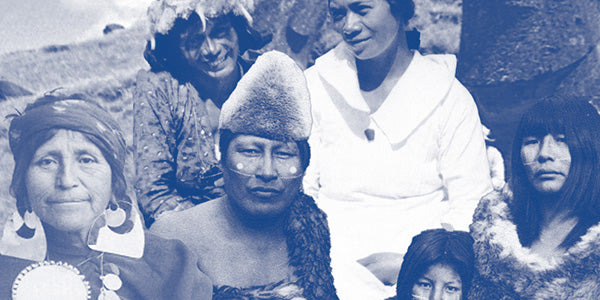
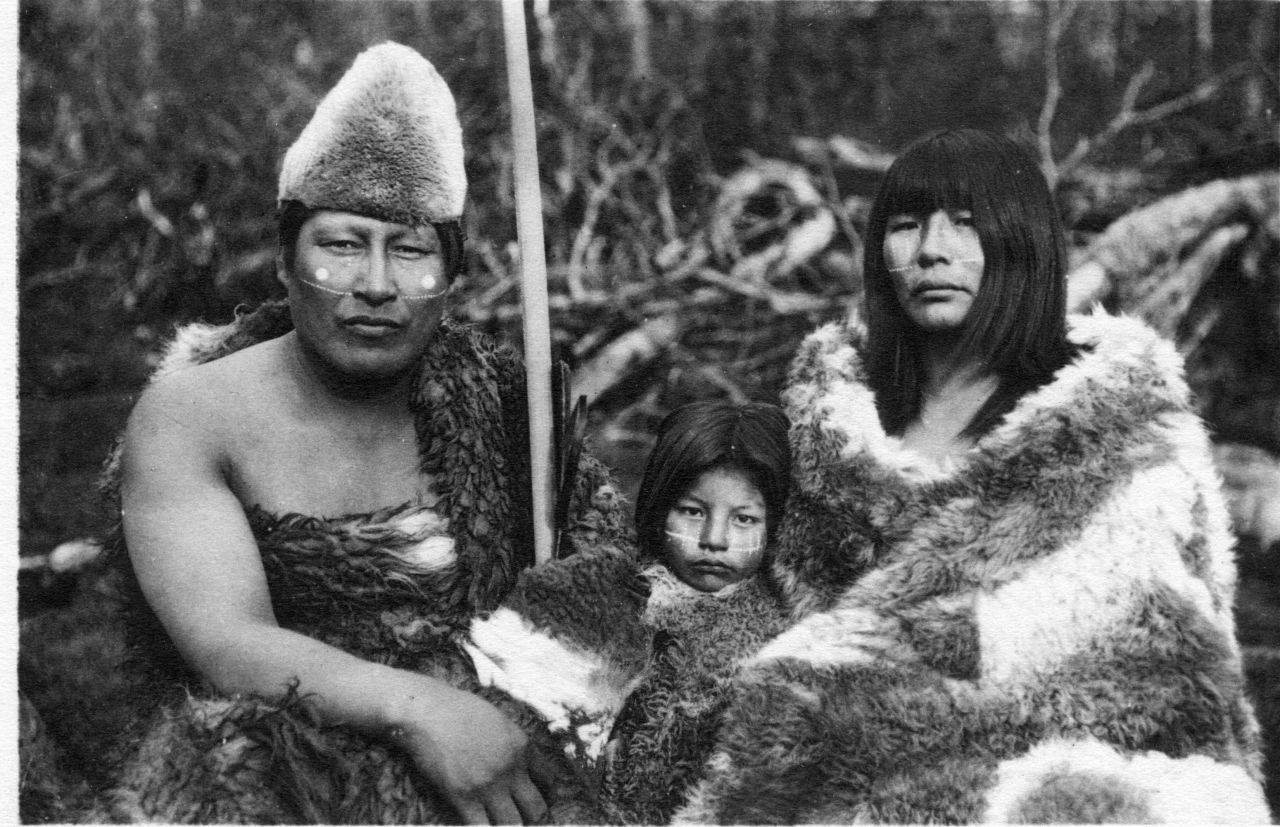
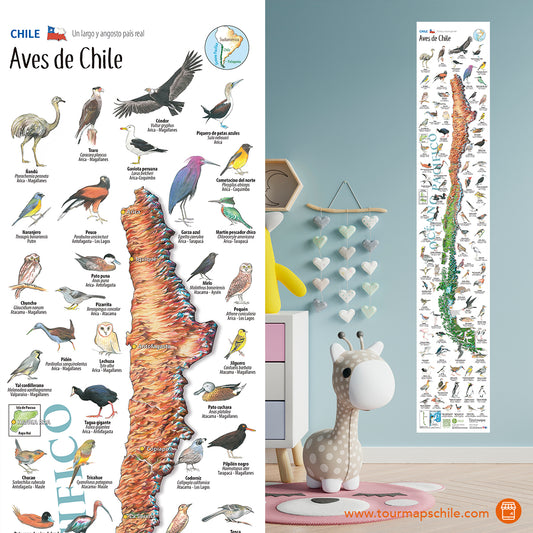
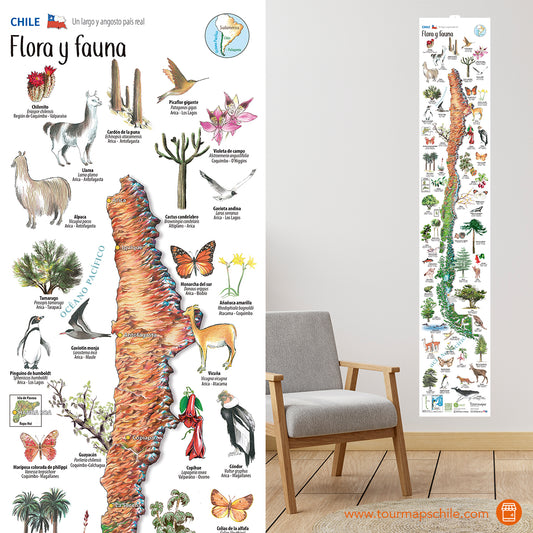
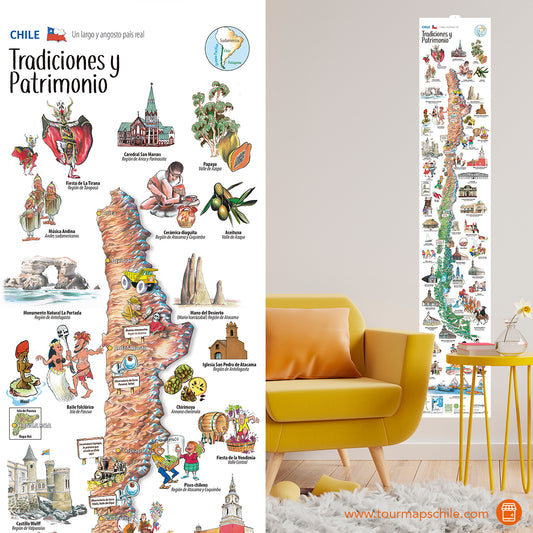
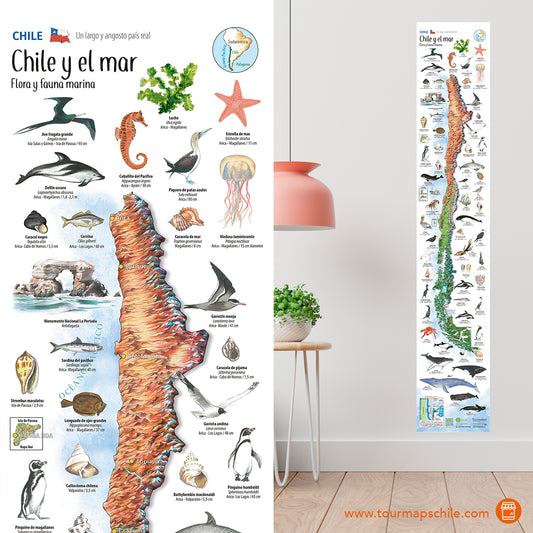
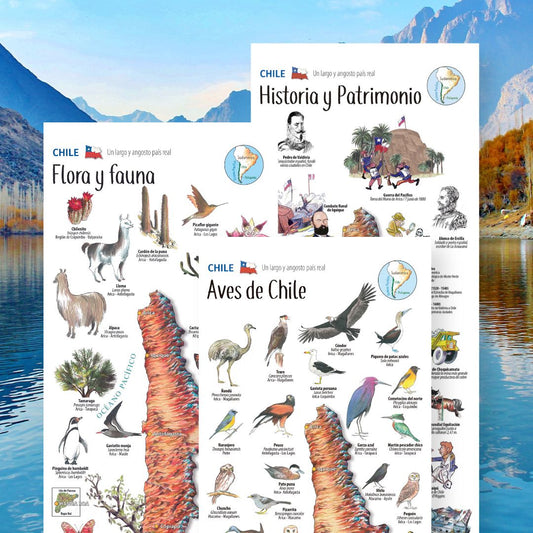
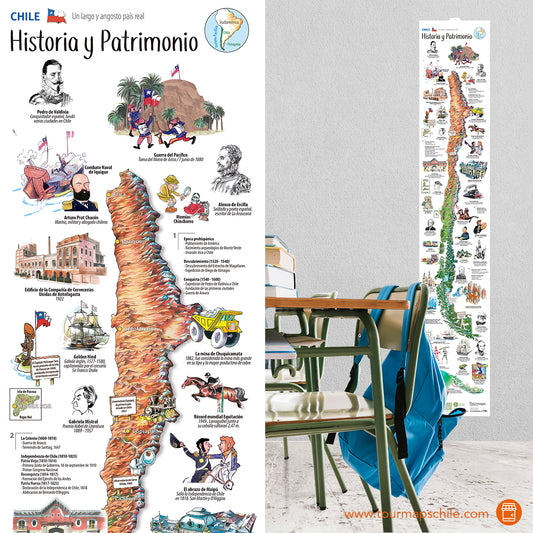
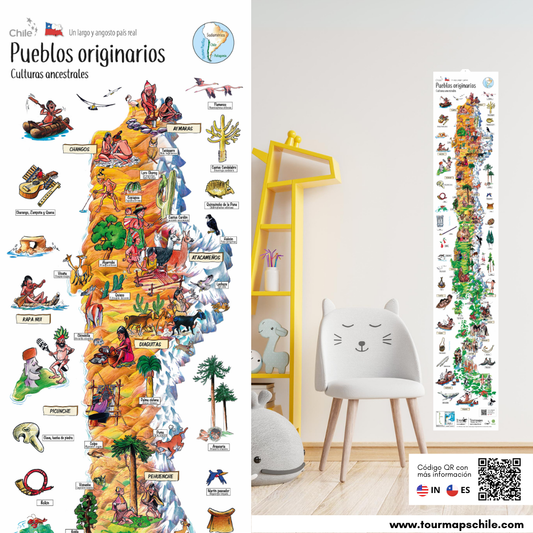
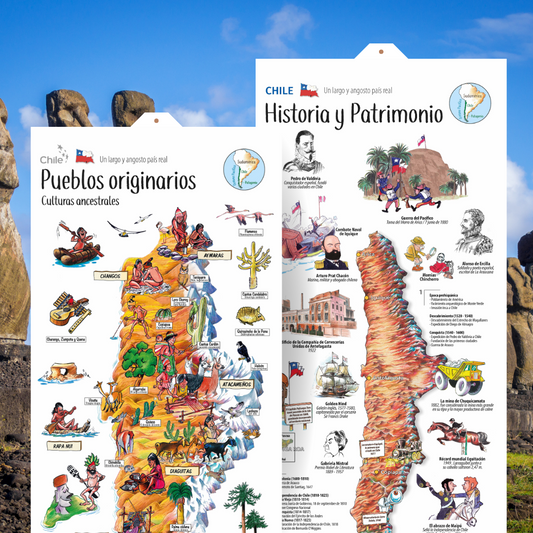
1 comentario
Excelente…material.
muy didáctico.me encanto!!!